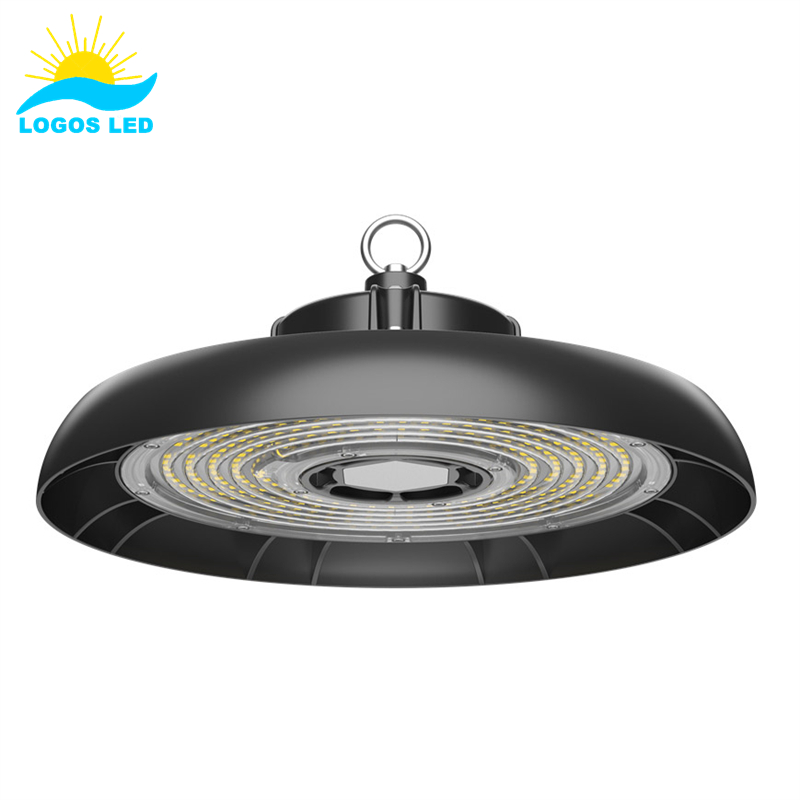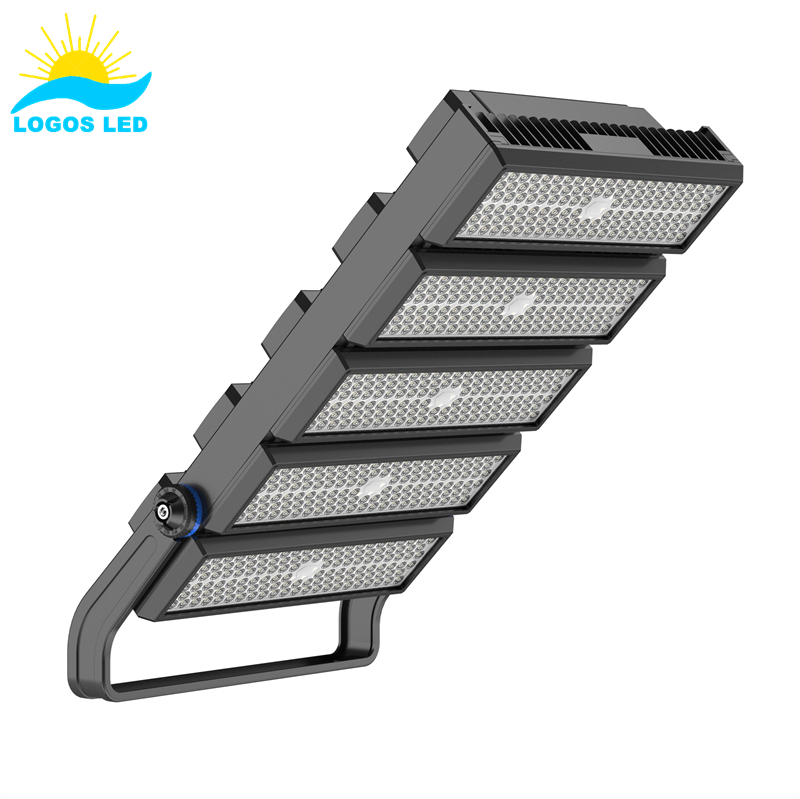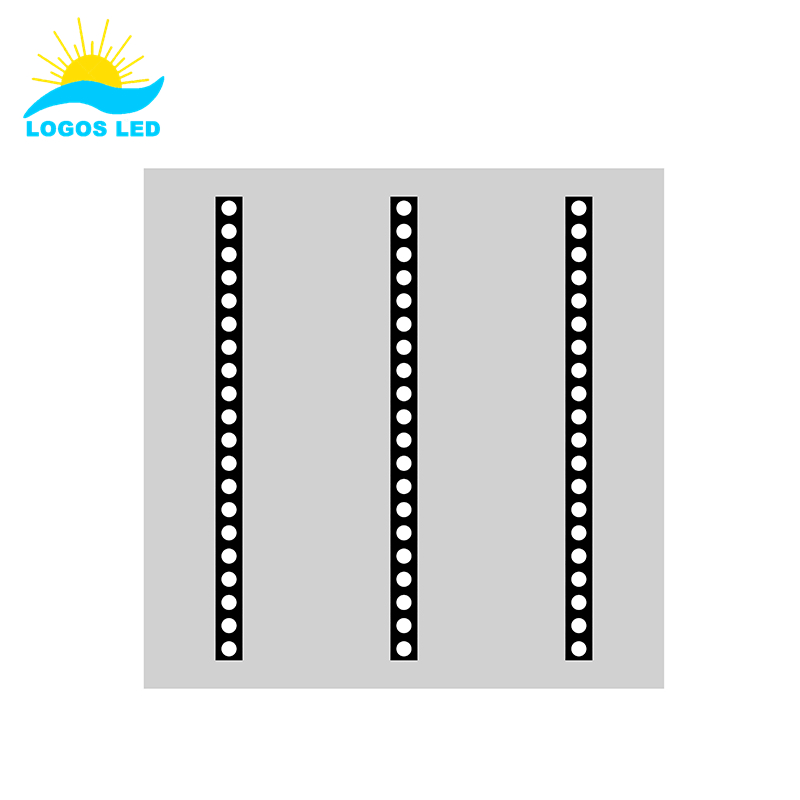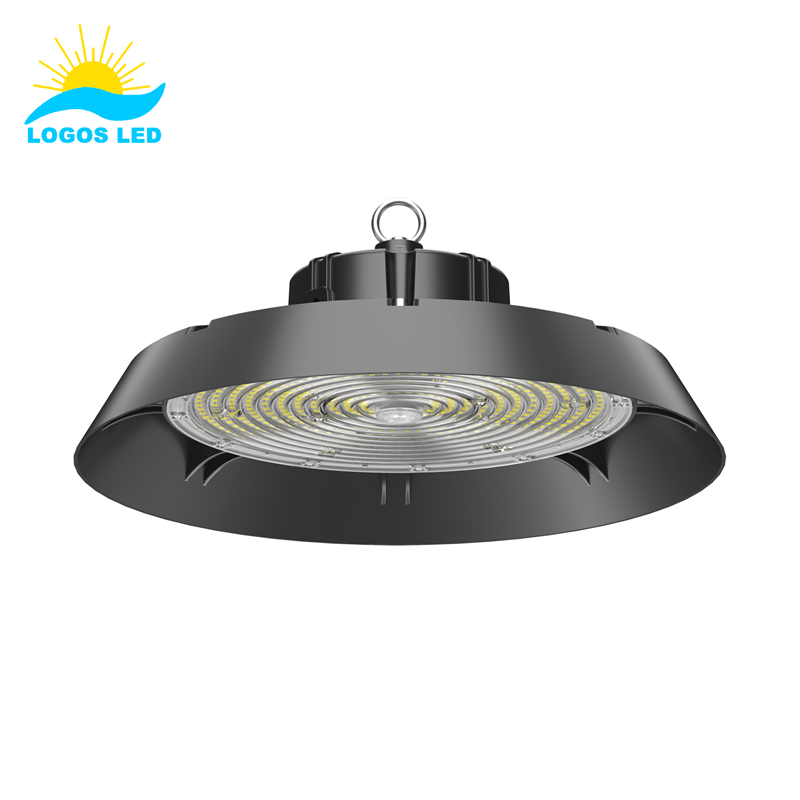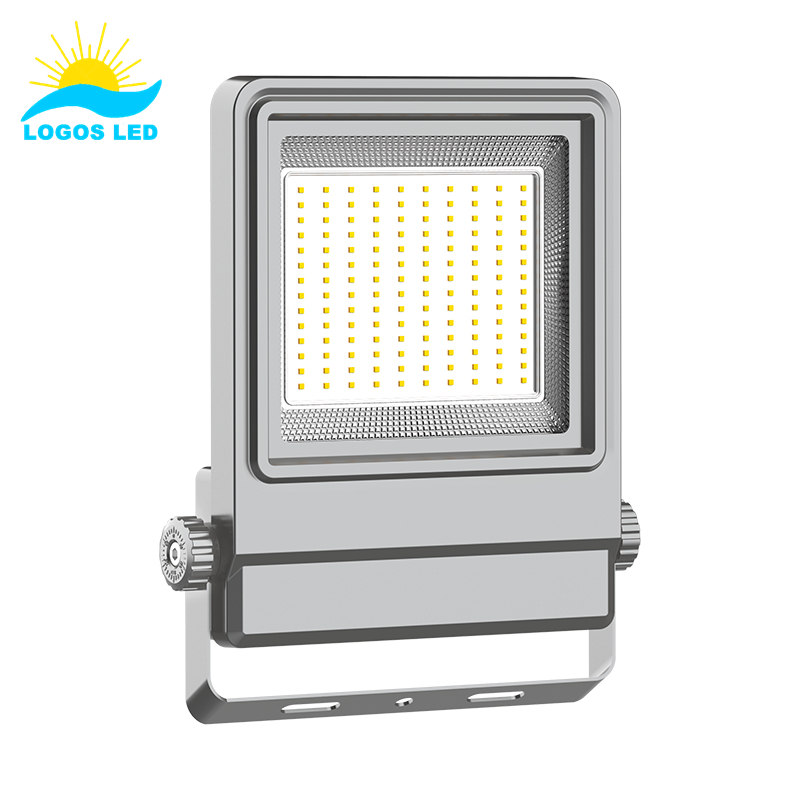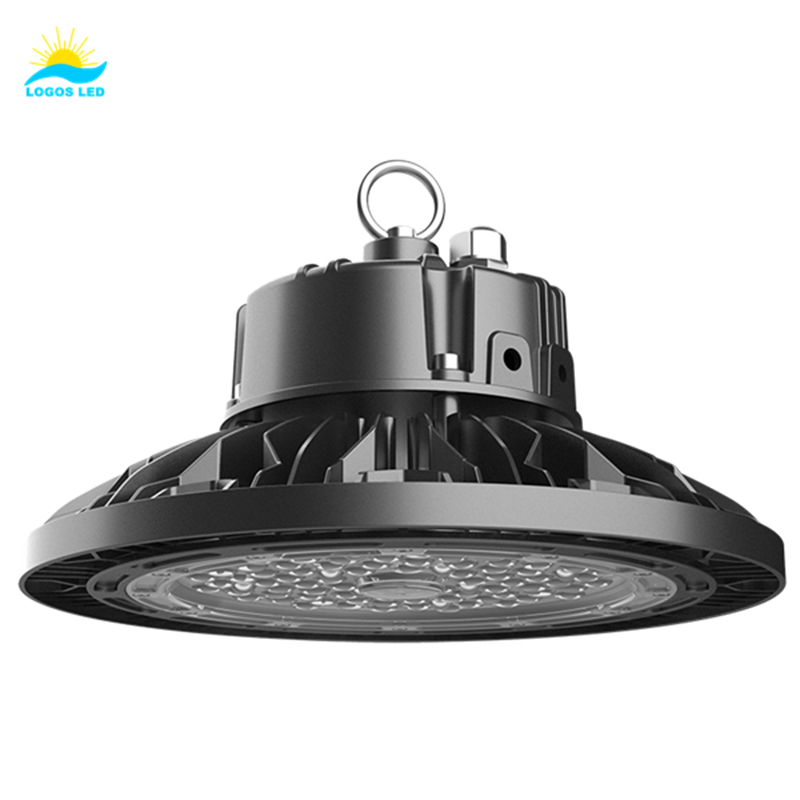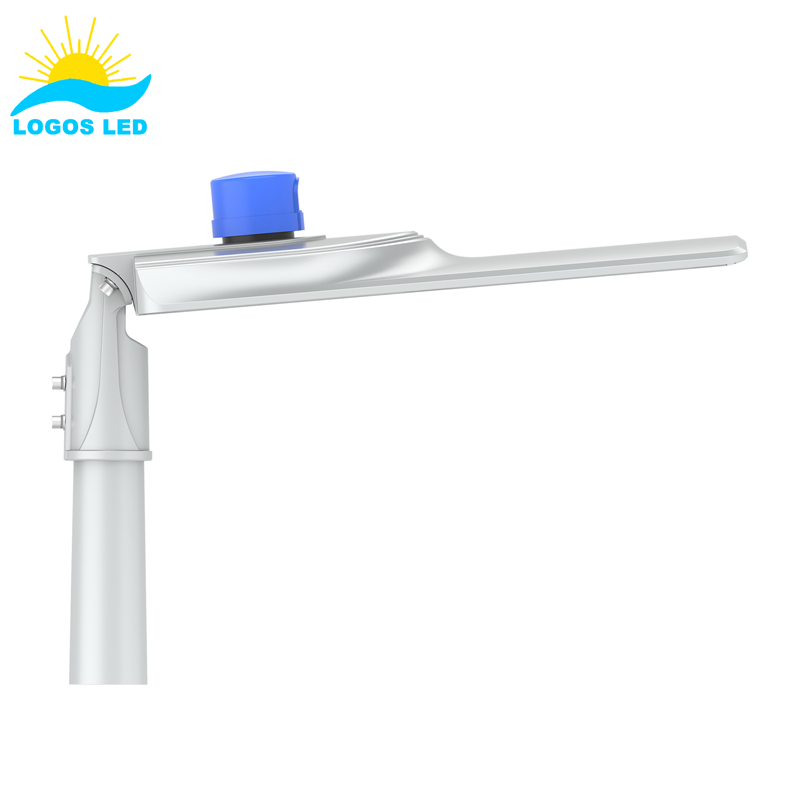Smart LED lighting control systems have enabled energy conservation and increased energy efficiency in offices, buildings, theatres, and various other places. LED lighting controls like DMX and DALI are some such variants that are very popular among others. They use automated dimming controls to conserve energy.
To compare DMX and DALI LED lighting controls, you must know about each of these luminaries’ commands. Upon learning the working and functionality of each of these controls, you will be able to make out the difference easily.
Table of Contents
DALI LED Lighting Controls
In the DALI LED lighting controls system, more than one control panel is used to connect with several luminaries. It’s like a decentralized system that is controlled individually through each control panel to dim lights. The DALI control utilizes two wires as its control line, while the max distance it can cover is 300 meters. Each DALI control can be connected to a mix of 64 luminaries, taking care of about 254 brightness levels from its “OFF” to “ON” mode.
DMX LED Lighting Controls
Contrary to the DALI, the DMX uses a single control panel to control all the luminaries and lights. It’s a centralized LED lighting control system as compared to the decentralized DALI. DMX has multiple drop connectors to connect more luminaries and more lights in a single connection. With the use of DMX the color of the lights can also be controlled which is not possible in the Dali connection.
Difference between DMX and DALI
1. DMX or Digital Multiplexing is a fast-speed control system, while DALI or Digital Addressable Lighting Interface is a slow-speed control system.
2. A DMX can have up to 512 connections while in DALI max connections are 64 only.
3. In the DMX system, automatic addressing cannot be performed while in a DALI system automatic addressing is possible.
4. While in both systems the cable length is 300 meters, yet in DMX the cable requirement is Cat-5.
5. DMX is a centralized control panel while DALI is a decentralized control system.
Now, you know what’s DMX and DALI LED lighting controls and the critical point of difference between the two. You can quickly assess your requirements and choose the best LED lighting controls for your use.
Uses of DMX and DALI LED light controls
Coming to LED lighting controls for High Mast Poles, you must first know what a high mast pole is and its uses if you don’t know it yet. High mast poles are tall poles that have a cluster of fitted lights facing downwards often used on highways, Airports, stadiums, fields, etc. High mast lighting is used where a constant amount of light is required continuously. Both DMX and DALI LED lighting control systems can be implemented for high mast poles. But which one you will need will depend on the type of use.
Let us analyze different situations where high mast poles are used and the types of LED lighting controls that are generally preferred.
a. Highways
Highways are long stretches of roads that can continue for miles and they require constant light throughout. Such lighting of high mast poles is in proper alignment at regular intervals. Under such circumstances, DMX LED lighting controls are preferred over DALI. It helps in maintaining the amount of light and is easy to control.
b. Tennis Court
Lawn Tennis requires highly focused lights on the entire court but not focus lamps as it can distract players, and the viewers won’t be able to see the sport. Therefore, high mast poles are used in tennis courts. Since the court is not very big and the light requirement has to be controlled individually, DALI-based LED lighting controls for high mast poles in such a case are perfect. The DALI system will help to control the amount of light that is required on each side of the net, and that is necessary at the center since both will be different. Also, it will help to easily control the light that goes on the stand for the views to get the perfect view of the game.
c. Sports fields or Stadium
In stadiums where athletic events like hockey, soccer, running, splinter, javelin or discus through, basketball, etc. are conducted lighting plays a significant role, both for players and viewers. Low-lying lights cannot be used since they will hinder the game or sport and won’t be of much use. Therefore, high mast pole lighting is more suitable. Depending on the game being played or the sport being conducted, different LED lighting controls will be needed. Some stadiums have well-structured LED lighting controls that consist of a DMX light control on-field and DALI control off the field while others have a mix of both through the field and the stand.
d. Commercial Areas
Commercial areas like Airports or Railway stations require high mast pole lights for better visibility for both, vehicles and people traveling. At such places, both types of LED lighting control systems can be used simultaneously. For instance, at the airport runway, constant light is needed that focuses on the airstrip itself. Therefore, DMX light control panels can be effectively used here. Contrary to this, at airport buildings and hangers, different amounts of controlled lights are needed suitable to the nature of work that is being done there, in such cases a DALI-based individually controlled lighting system will be more useful.
Final words
Whichever lighting system you choose, it must serve the very purpose of providing adequate visibility and light contrast. Depending upon the requirements both DMX and DALI can serve the best purpose. Along with the lighting system, the type of lights and luminaries that are used, play a vital role in fulfilling the mission. Nowadays, LED lights are more commonly used in both types of systems. LED lights are economical, energy-efficient, and long-lasting. Proper lights combined with the best light control solution give you the best experience.
The type of LED lighting controls for high mast poles will depend on the utility, purpose, and nature of monitoring you need. But the cost is also significant, you must consider the amount of money that will be required to light up the area you want. If you have any questions, welcome to contact us directly.
Request A Free Quote Now!
Send us a message if you have any questions or request a quote. We will get back to you ASAP!



